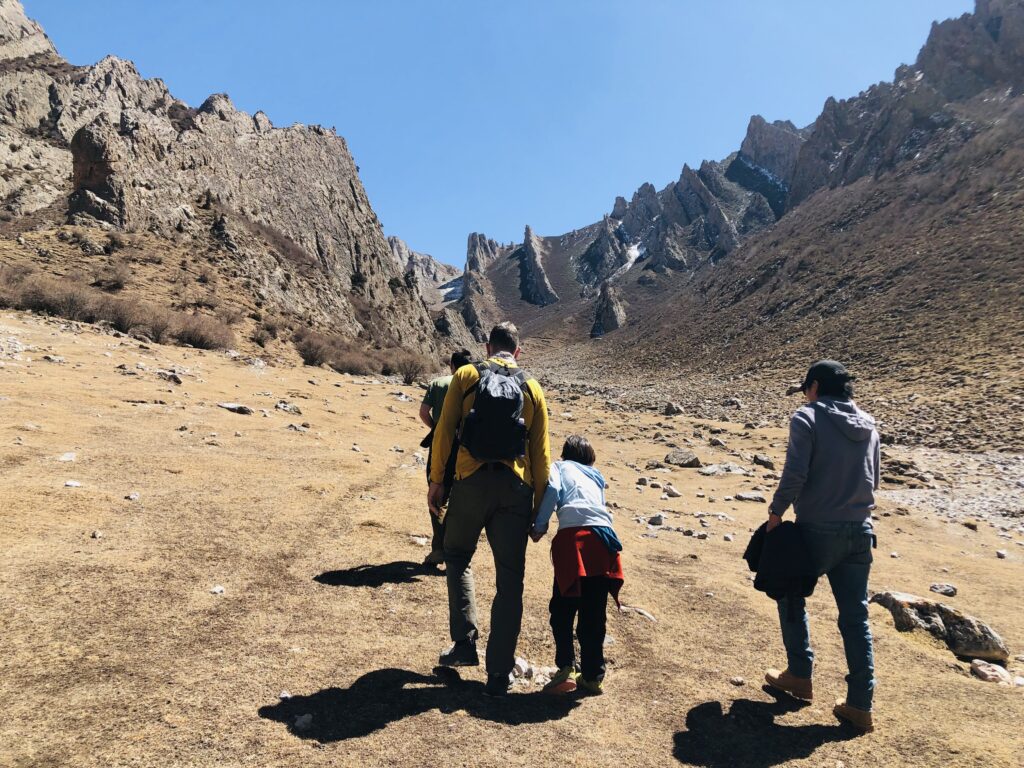
Gangya grassland is located about 33 kilometers in the north of Labrang monastery in Amdo. Gangya is the name of a vast grassland with an average altitude of more than 3000 meters. It is one of the best grassland dotted with yaks and sheep in Amdo and the nomads are still using tents in summer time and moving from winter place to high summer mountains in the beginning of June. The population here is small and the area is large. Gangya grassland is surrounded by mountains and is a typical plateau grassland, an ideal natural pasture. Every summer, the whole grassland is green, like a natural green carpet, with flowers blooming. The blue sky, white clouds, and green grass are all in one, and the Yangchu River and the Yangla River are meandering and flowing through the Gangya grassland. Gangya Drakar monastery is founded by one of the Tsongkhapa’s disciples in the 14th century AD. At that time, there were thousands of monks. After a long historical change, in 1705, Gangya pandita was responsible for the reconstruction of the monastery. Philosophy College was founded on June 29th of the 17th lunar calendar in 1711. In 1752, the The second Gongtang Rinpoche was invited to transform the original Philosophical College into a Tantric College. In 1783, the authority of the monastery was contributed to the second Jamyang Zhalpa Jigme Wangpo. Since then, the monastery has become a branch monastery of the Labrang Monastery. Currently there are more than 100 monks in the monastery. There are several caves in the Drakar mountain behind the Gangya Drakar monastery, and the cave on the left is the most famous. It is a cave in which many great scholars and famous Lamas Gongtang Rinpoche and Jamyang Zhalp have been considered as religious holy site and meditated. The ancient city of Bajiao or a small city wall which has eight sides is located 35 kilometers north of Labrang monastery and just 10-15 mins walk from the Gangya monastery. It is located on a small platform where the Yangchu River and the Yangla River confluences. Like formerly a scrambled military center. Various archaeological investigations have proved that the Octagonal City has preserved a large number of cultural relics from the Southern and Northern Dynasties and Sui, Tang, Song, Yuan, Ming, and Qing Dynasties. It has been shown precisely the history of the rise and fall of the ancient Silk Road.
 Tibet World Travel Tibet Tour, Tibet Trip, Tibet Travel, Tibet Train, Tibet Trekking,
Tibet World Travel Tibet Tour, Tibet Trip, Tibet Travel, Tibet Train, Tibet Trekking,
